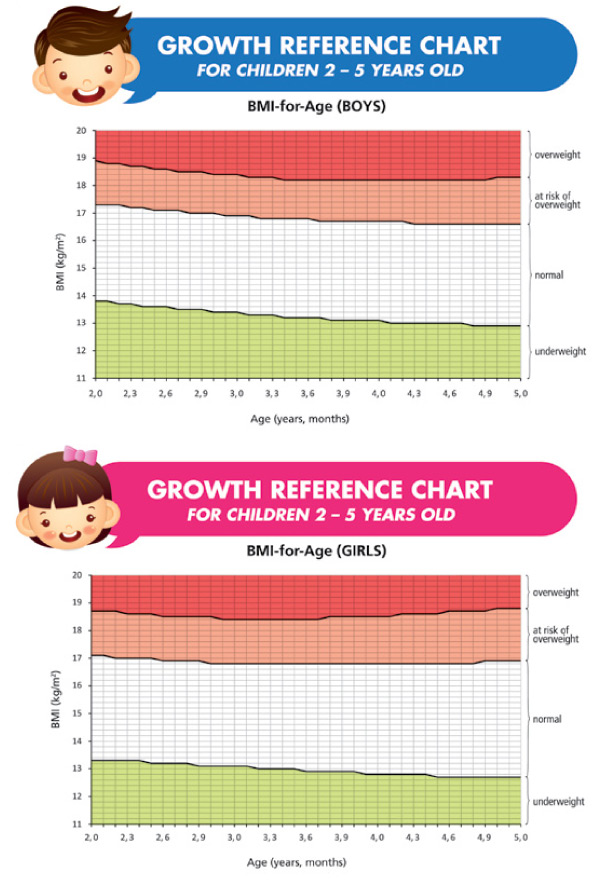Child obesity chart information
Home » » Child obesity chart informationYour Child obesity chart images are ready in this website. Child obesity chart are a topic that is being searched for and liked by netizens today. You can Get the Child obesity chart files here. Find and Download all free photos.
If you’re looking for child obesity chart images information linked to the child obesity chart topic, you have come to the right site. Our website always gives you hints for refferencing the highest quality video and picture content, please kindly search and find more informative video content and images that fit your interests.
Child Obesity Chart. Bmi values are used to define whether an individual is considered to be underweight, healthy, overweight or obese. This would place the boy in the 95 th percentile for bmi, and he would be considered as having obesity. The 5210 pediatric obesity chart has been completely revised and updated. Obesity is greater than 2 standard deviations above the.
 The obese child ADC Education & Practice Edition From ep.bmj.com
The obese child ADC Education & Practice Edition From ep.bmj.com
During the past 40 years, obesity rates for children age 6 to 11 nearly tripled—from 5% to 14%—and more than tripled for adolescents age 12 to 19—from 5% to 17.1%. Childhood obesity of youth ages from 10 to 17 was 15.3%, compared to 16.1 % in 2016. Childhood obesity has been here for a long time. Cdc growth charts are commonly used to measure the size and growth patterns of children and teens in the united states. This chart from the childhood obesity task force of the european association for the study of obesity has normal percentiles for the waist circumference of european boys and girls. Children with a bmi at or above the 85th percentile and lower than the 95th percentile are said to be overweight.
Children with a bmi at, or above the 95th percentile for children of the same age and sex are said to be obese.
Oecd projections assume that bmi will continue to rise as a linear function This would place the boy in the 95 th percentile for bmi, and he would be considered as having obesity. Cdc growth charts are commonly used to measure the size and growth patterns of children and teens in the united states. The world health organization define bmi as: Obese adolescents have an 80% chance of becoming obese adults. Childhood obesity of youth ages from 10 to 17 was 15.3%, compared to 16.1 % in 2016.
 Source: mypositiveparenting.org
Source: mypositiveparenting.org
Body mass chart isn � t ideal. For instance, if a child has a bmi in the 55th percentile, 55 % of the children of the corresponding age and gender who were measured had a lower body mass index. In the past 3 decades, the prevalence of childhood obesity has more than doubled in children and tripled in adolescents. Chart demonstrates how obesity has grown over the years. During the past 40 years, obesity rates for children age 6 to 11 nearly tripled—from 5% to 14%—and more than tripled for adolescents age 12 to 19—from 5% to 17.1%.
 Source: cdc.gov
Source: cdc.gov
Chart demonstrates how obesity has grown over the years. During the past 40 years, obesity rates for children age 6 to 11 nearly tripled—from 5% to 14%—and more than tripled for adolescents age 12 to 19—from 5% to 17.1%. Obese adolescents have an 80% chance of becoming obese adults. Cdc growth charts are commonly used to measure the size and growth patterns of children and teens in the united states. The obesity rate is still growing at a fast rate.
 Source: health24.com
Source: health24.com
22.2% black & 19.0% hispanic youth are obese that were significantly higher than white youth (11.8%) & asian youth (7.3%) the u.s childhood obesity percentage ranged from 8.7% in utah to 25.4% in mississippi. However, if a child or teen has a bmi of 30 kg/m 2 or higher, the child almost certainly has obesity. This would place the boy in the 95 th percentile for bmi, and he would be considered as having obesity. The world health organization define bmi as: 22.2% black & 19.0% hispanic youth are obese that were significantly higher than white youth (11.8%) & asian youth (7.3%) the u.s childhood obesity percentage ranged from 8.7% in utah to 25.4% in mississippi.
 Source: pinterest.com
Source: pinterest.com
Wic data show a decline, from 15.9 percent to 14.4 percent, in obesity rates for children ages 2 to 4 enrolled in the program between 2010 and 2018 22.4% during the pandemic, the national rate of obesity among kids ages 2 to 19 increased to 22.4% in 2020, up from 19.3% in 2019. Cdc growth charts are commonly used to measure the size and growth patterns of children and teens in the united states. Communities with high levels of poverty are also significantly less likely to have safe places for children to play. Wic data show a decline, from 15.9 percent to 14.4 percent, in obesity rates for children ages 2 to 4 enrolled in the program between 2010 and 2018 22.4% during the pandemic, the national rate of obesity among kids ages 2 to 19 increased to 22.4% in 2020, up from 19.3% in 2019. Smartdraw includes 1000s of professional healthcare and anatomy chart templates that you can modify and make your own.
 Source: ep.bmj.com
Source: ep.bmj.com
Oecd projections assume that bmi will continue to rise as a linear function Communities with high levels of poverty are also significantly less likely to have safe places for children to play. Who child growth standards for children aged under 5 years; Obesity defined as body mass index (bmi) ≥30kg/m². Oecd projections assume that bmi will continue to rise as a linear function
This site is an open community for users to submit their favorite wallpapers on the internet, all images or pictures in this website are for personal wallpaper use only, it is stricly prohibited to use this wallpaper for commercial purposes, if you are the author and find this image is shared without your permission, please kindly raise a DMCA report to Us.
If you find this site serviceableness, please support us by sharing this posts to your preference social media accounts like Facebook, Instagram and so on or you can also save this blog page with the title child obesity chart by using Ctrl + D for devices a laptop with a Windows operating system or Command + D for laptops with an Apple operating system. If you use a smartphone, you can also use the drawer menu of the browser you are using. Whether it’s a Windows, Mac, iOS or Android operating system, you will still be able to bookmark this website.
Category
Related By Category
- Cheap dog grooming information
- Best car restoration information
- All car restorations information
- Buy dog clothes online information
- Causes for childhood obesity information
- First aid courses london information
- Dream interpretation worms information
- First aid course toronto information
- Dash diet summary information
- Flatulence foods information